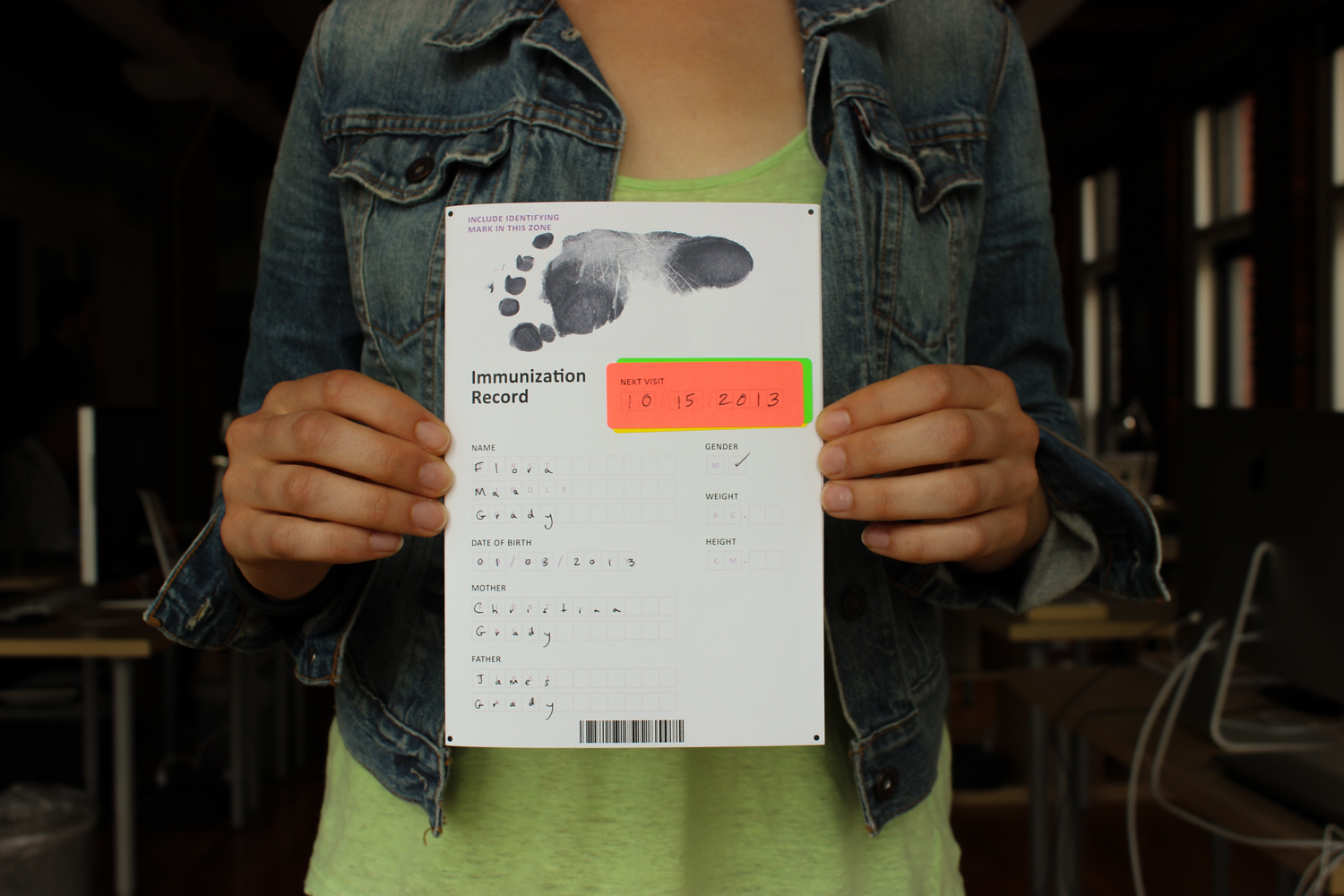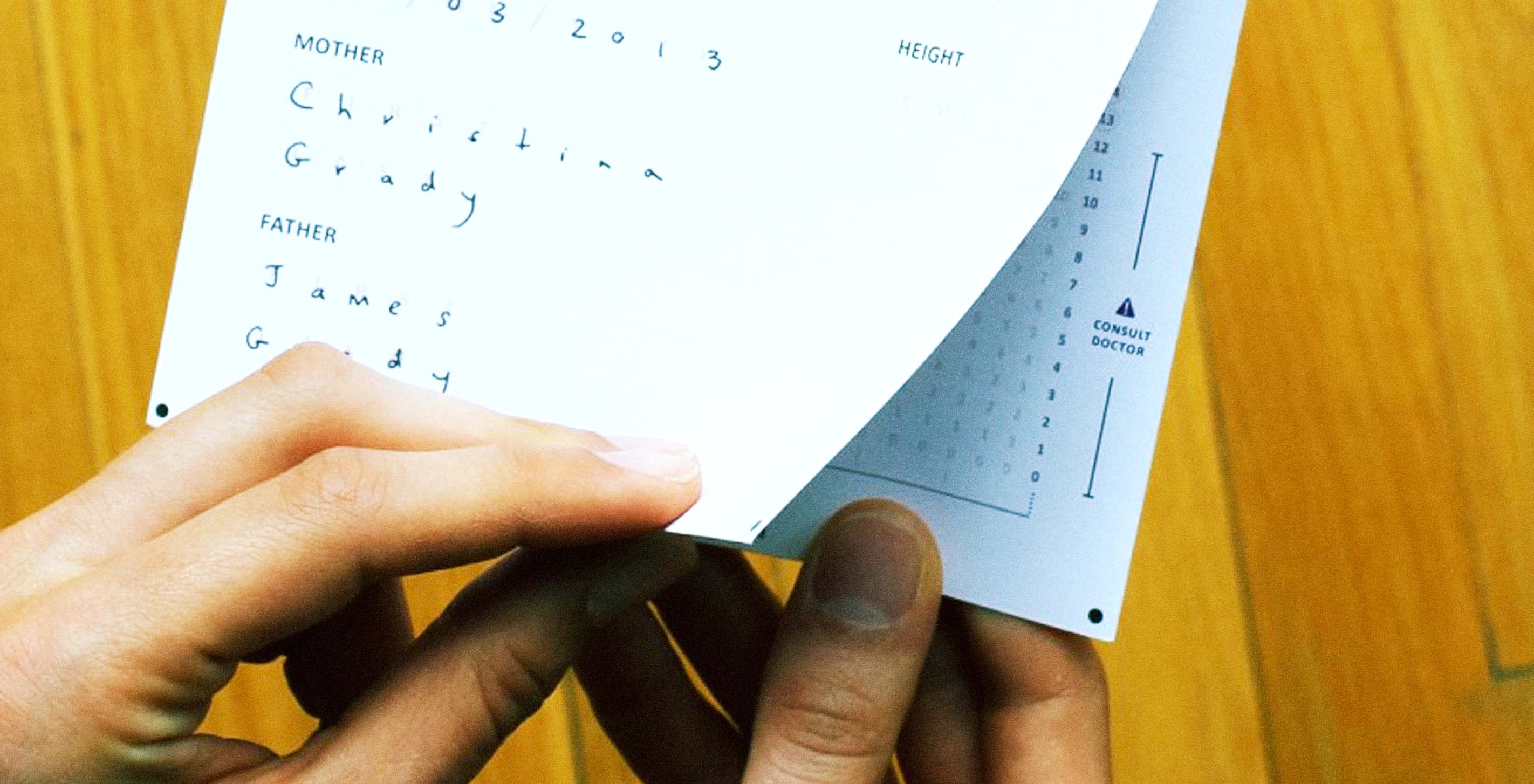

Child health records provide health workers and families information about the time-sensitive needs of a child at each point of interaction with the health system. In addition they serve as a unique identifier that is closely tied to a child. They also supply critical information to household surveys and administrative data systems, which countries and policymakers depend on to substantiate coverage levels.
Considering the sheer quantity of required medical procedures and services, a lot can go wrong in those first five years. A large percentage of parents often don't complete their child's vaccinations, and even among those that do, health records are still commonly lost or damaged. Regardless of the country issuing the document, the spaces provided for data entry can be small or unclear, and they often lack the flexibility needed to handle unexpected events like a new vaccination or a second round of immunizations. Confusion about a child's stage of vaccination completion — for the parent or healthcare worker — can lead to insufficient immunity, or the misallocation of scarce medical resources.

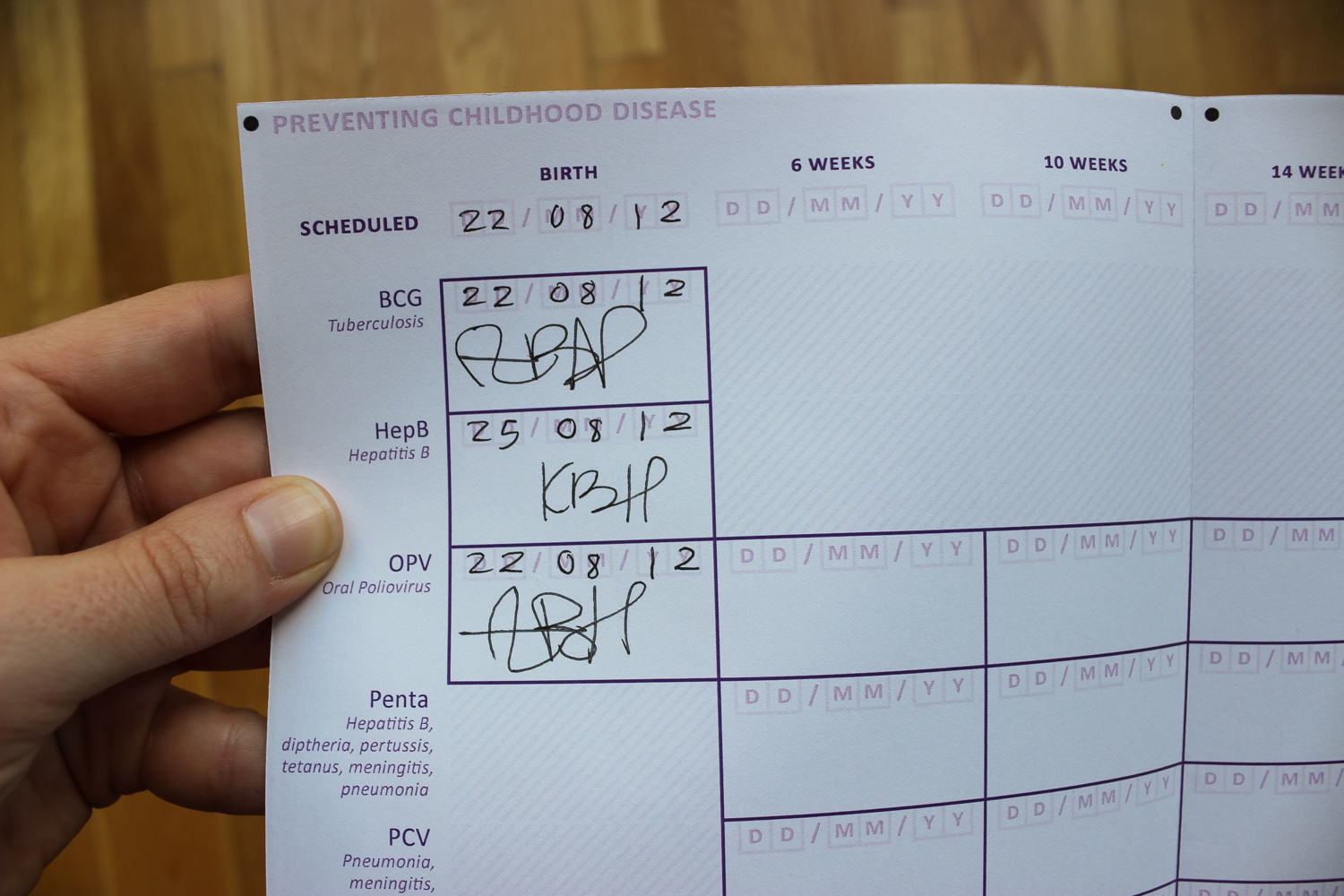
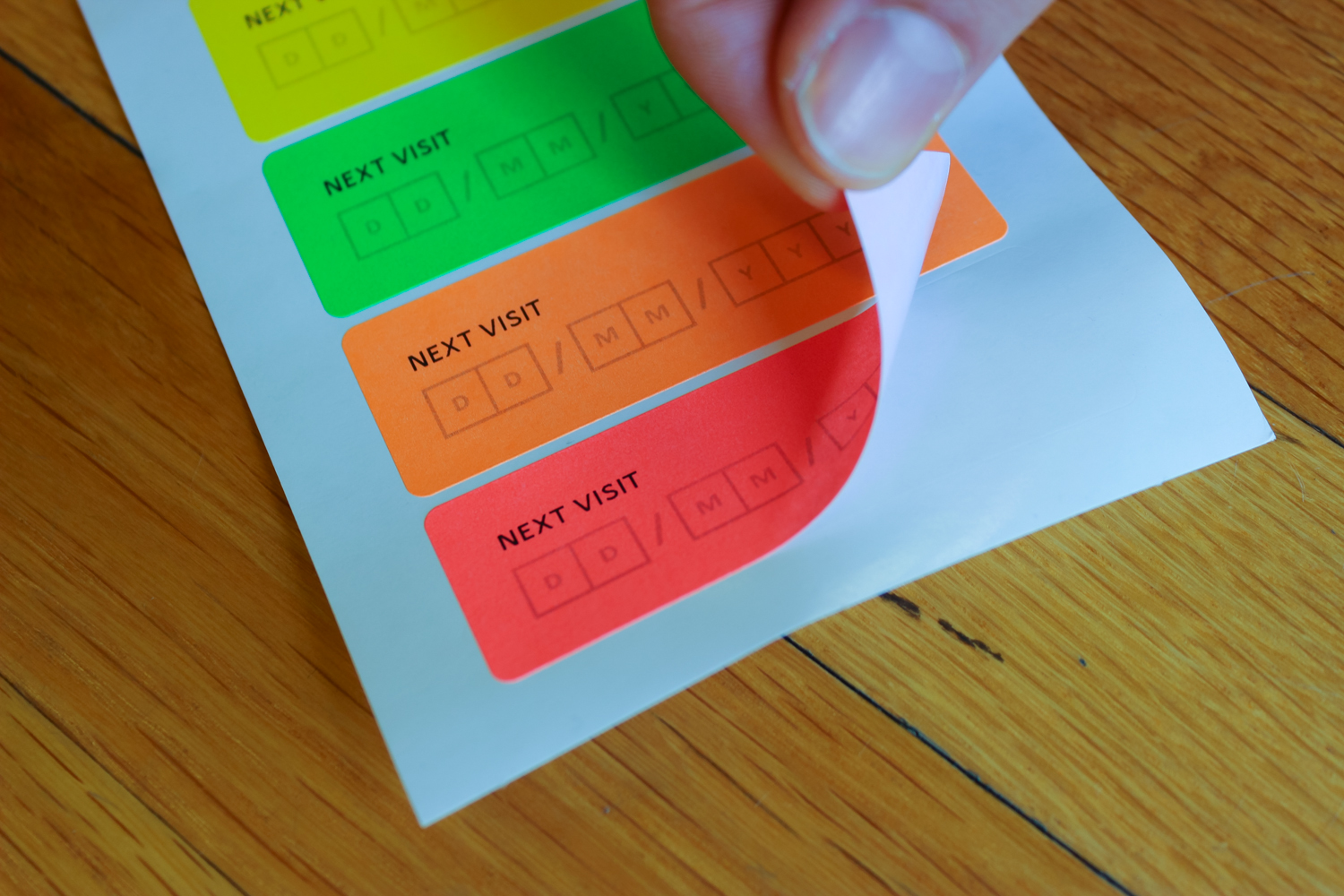
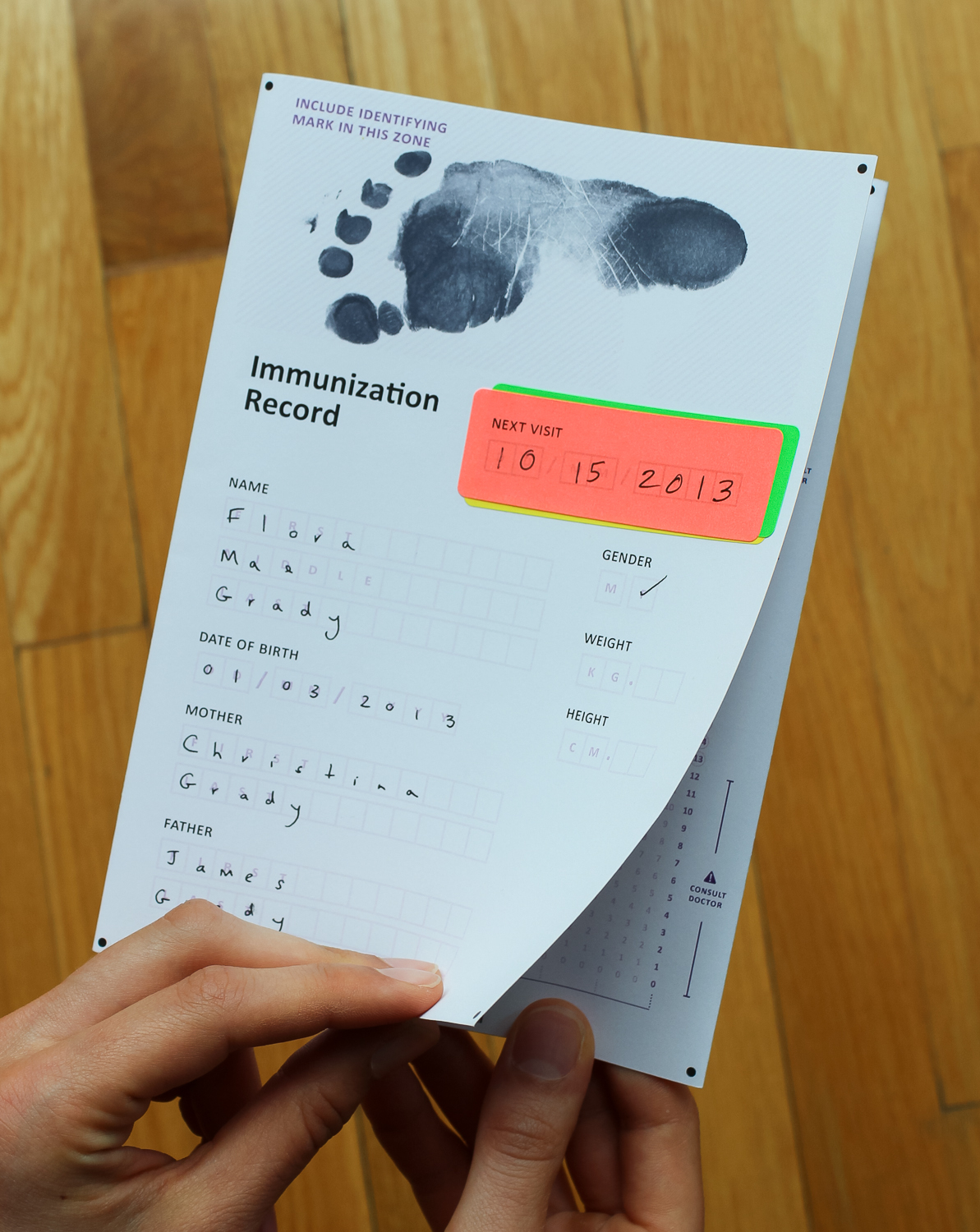
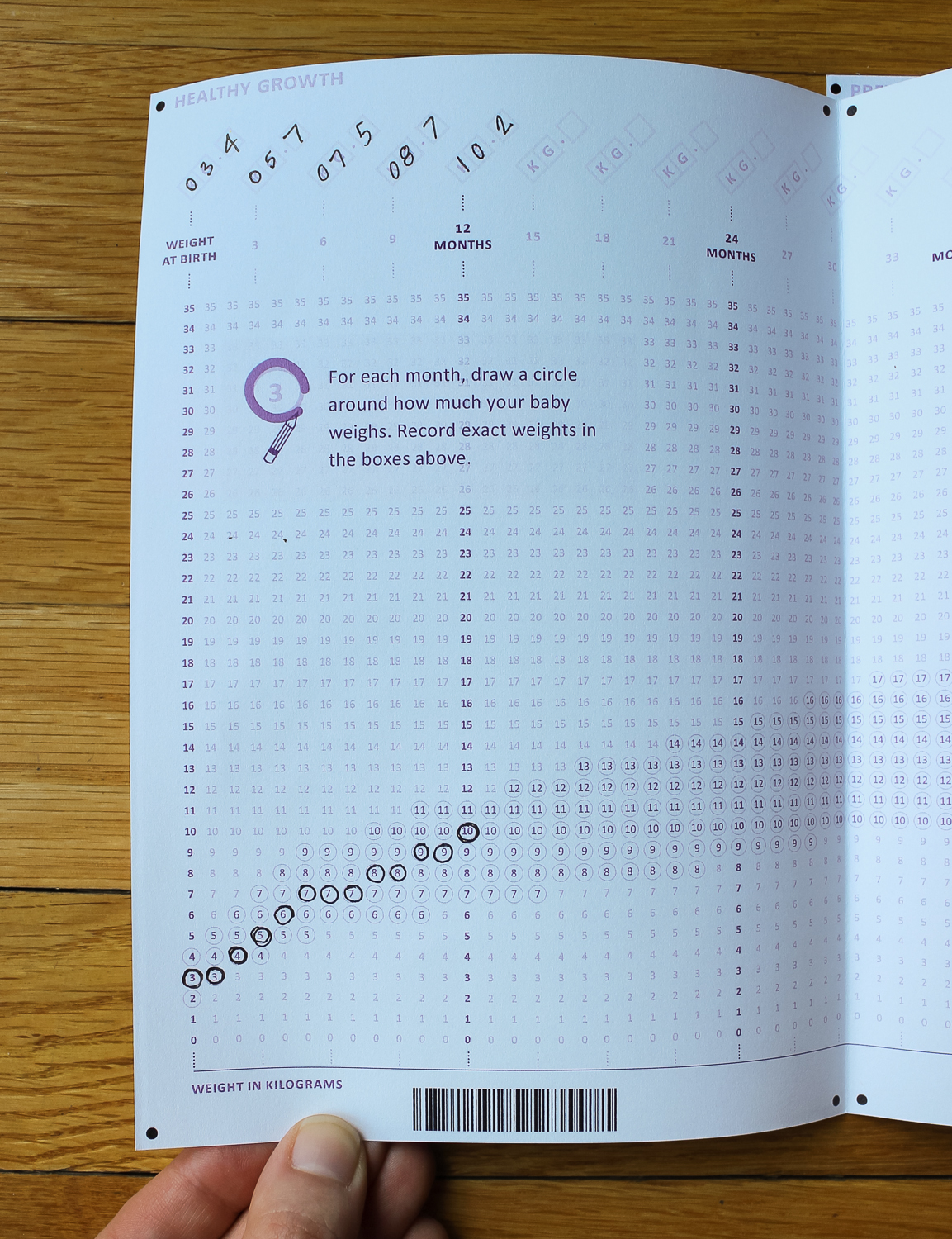
The Gates brief brought attention and clarity to these issues, as well as many others surrounding child health records:
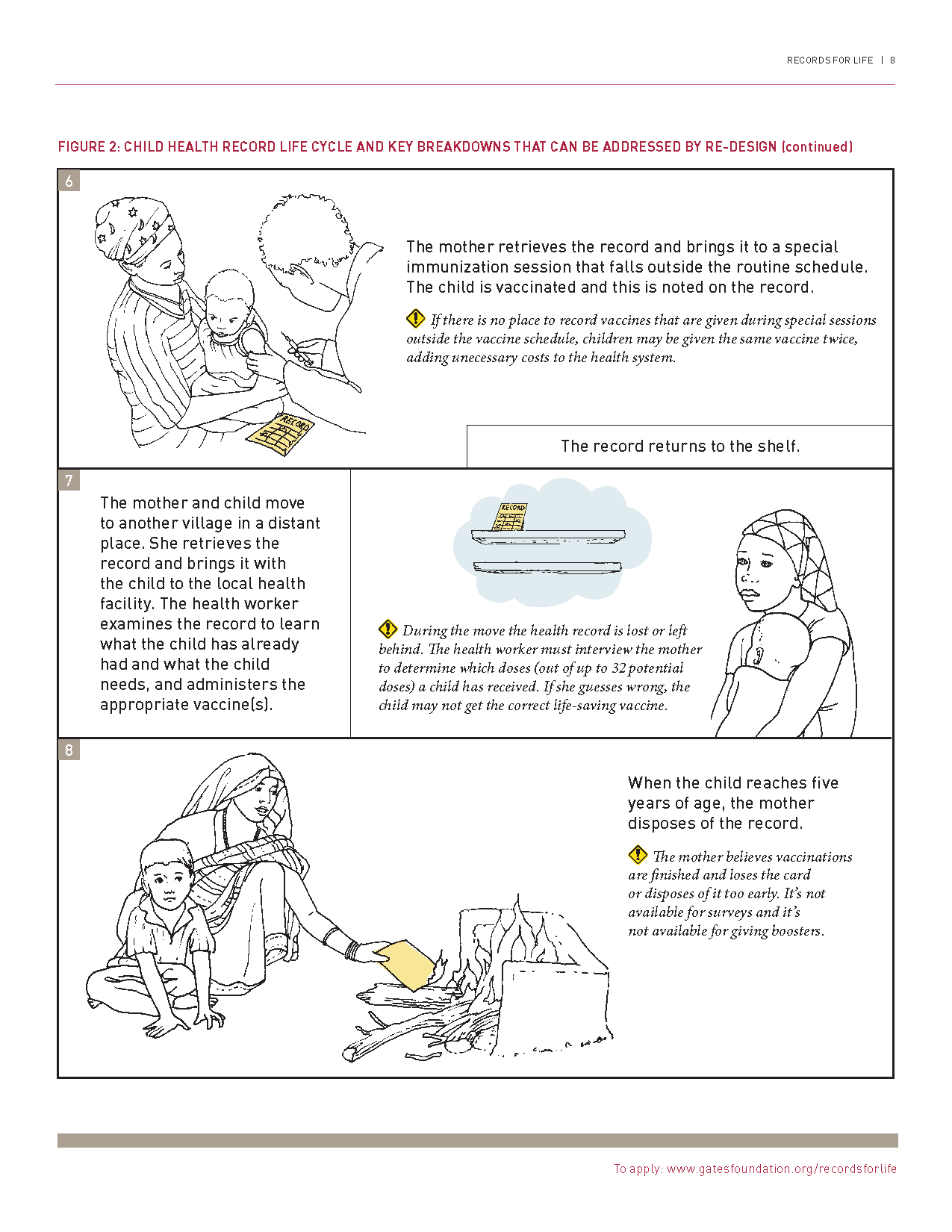
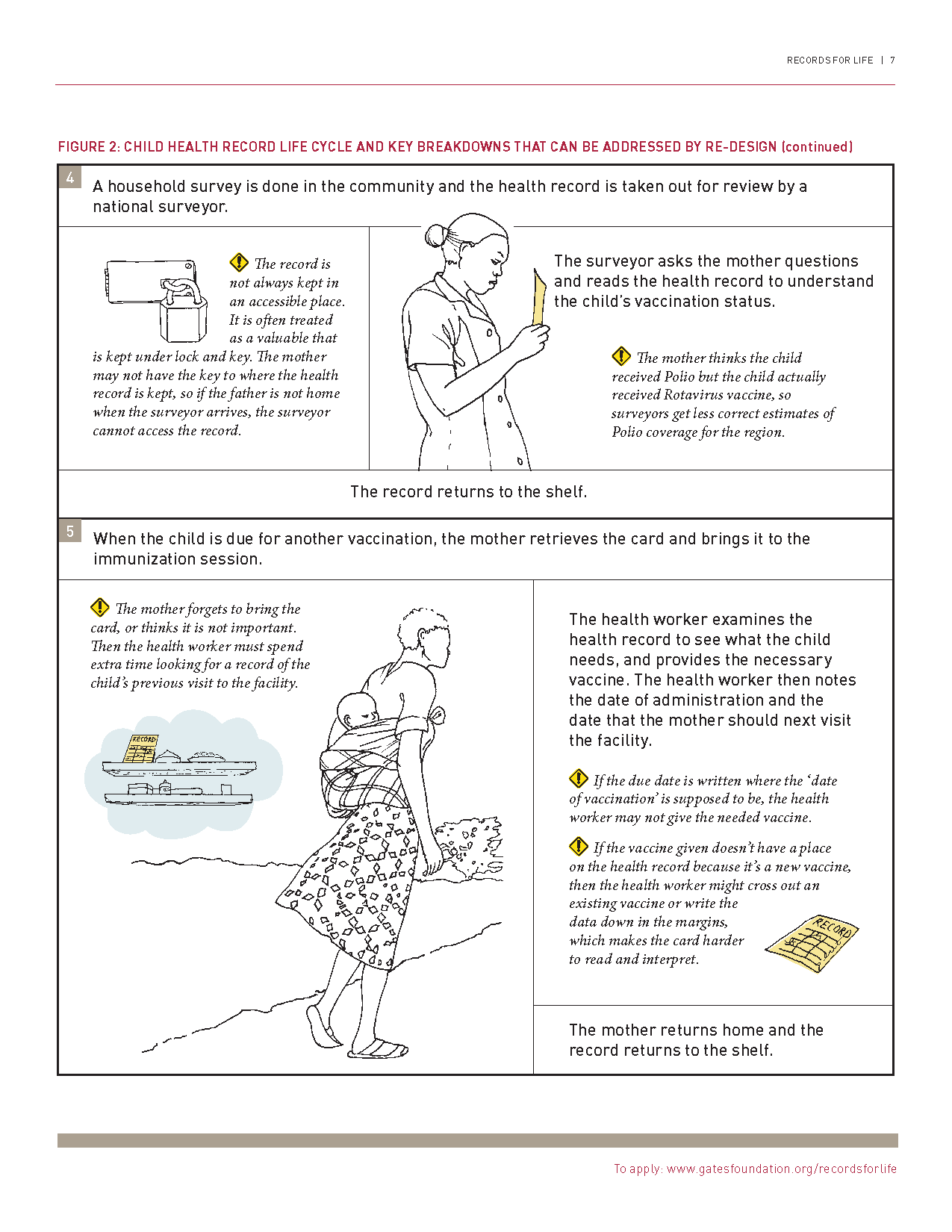
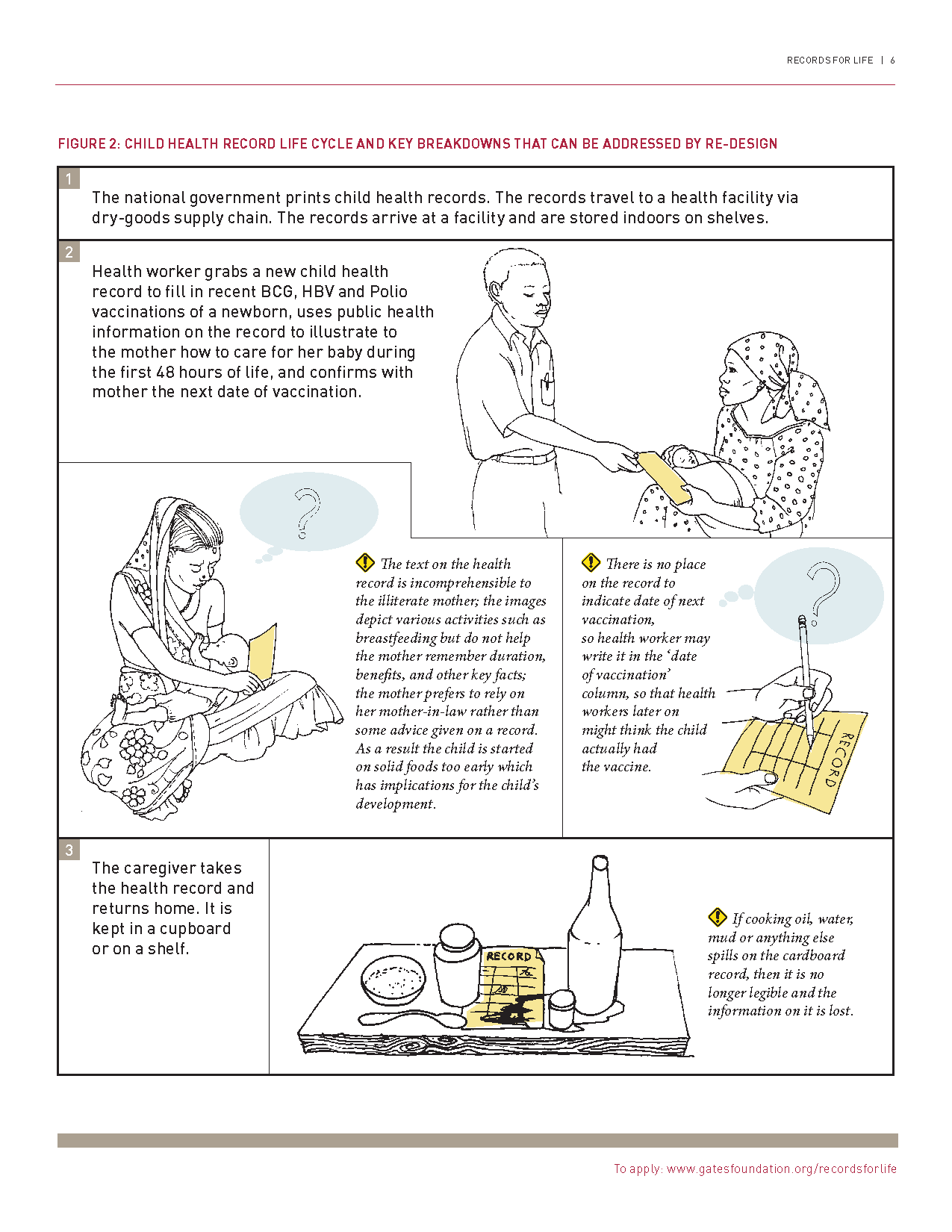
The National Immunization Card Repository, another extensive resource gathered for the challenge, contained invaluable real-world examples of the child immunization records issued by various nations.
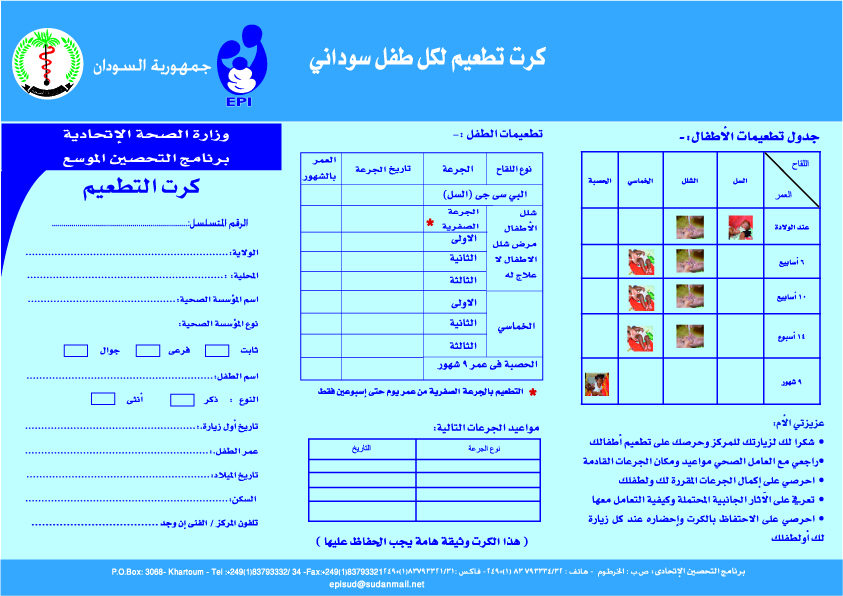

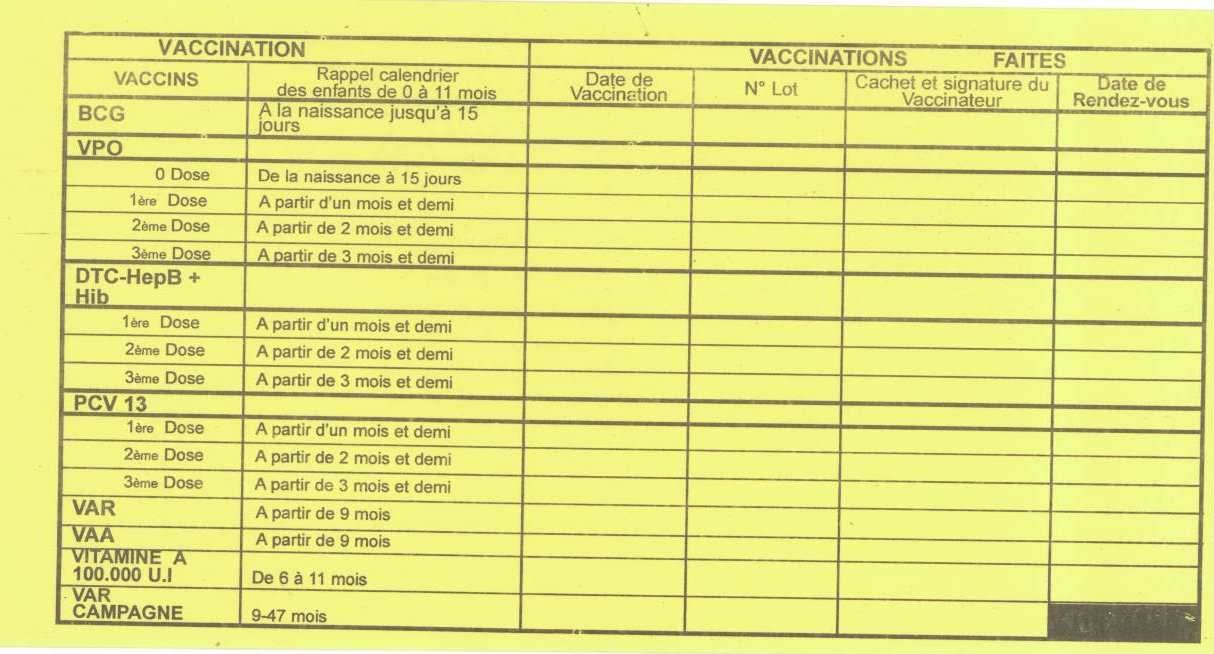
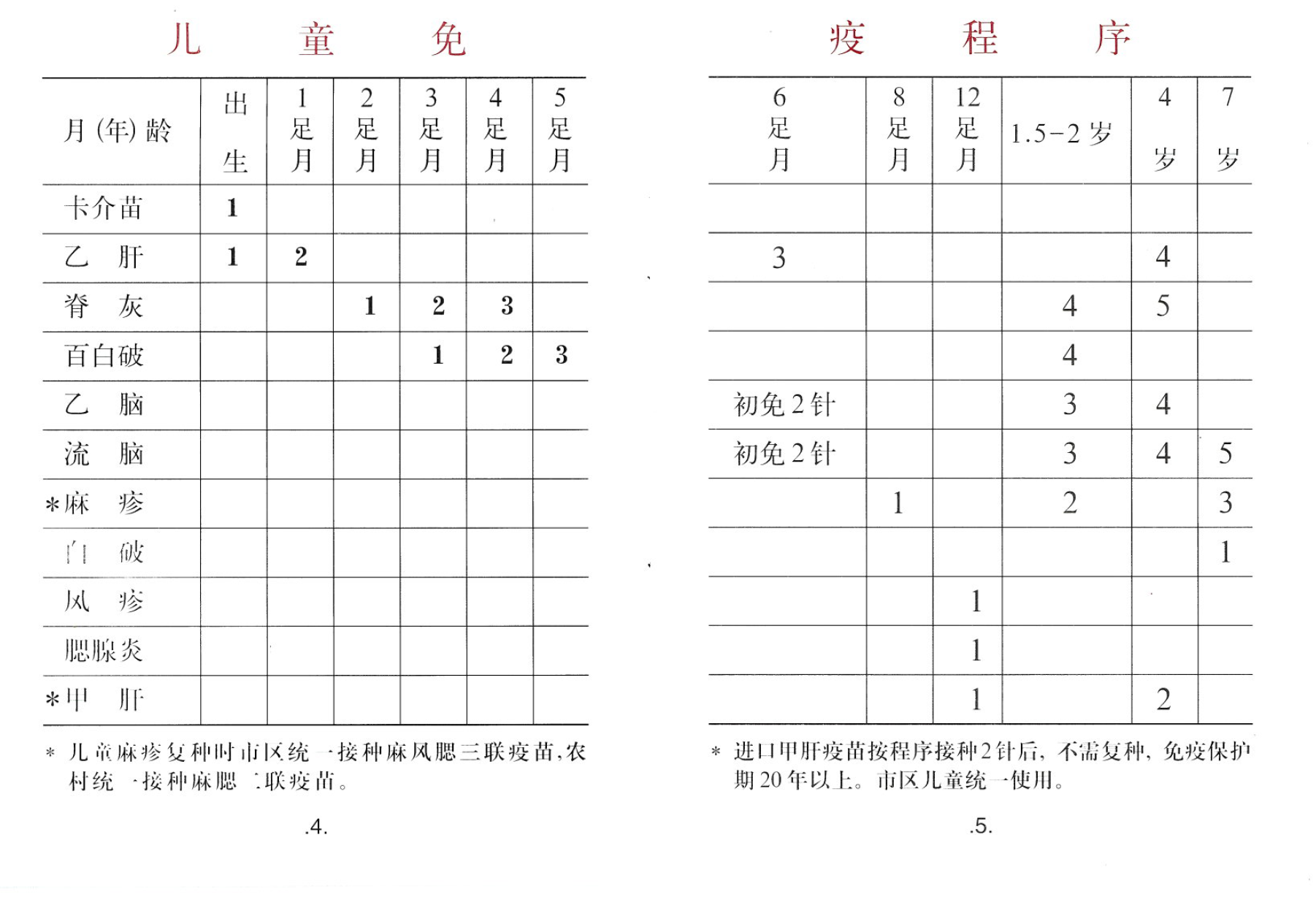
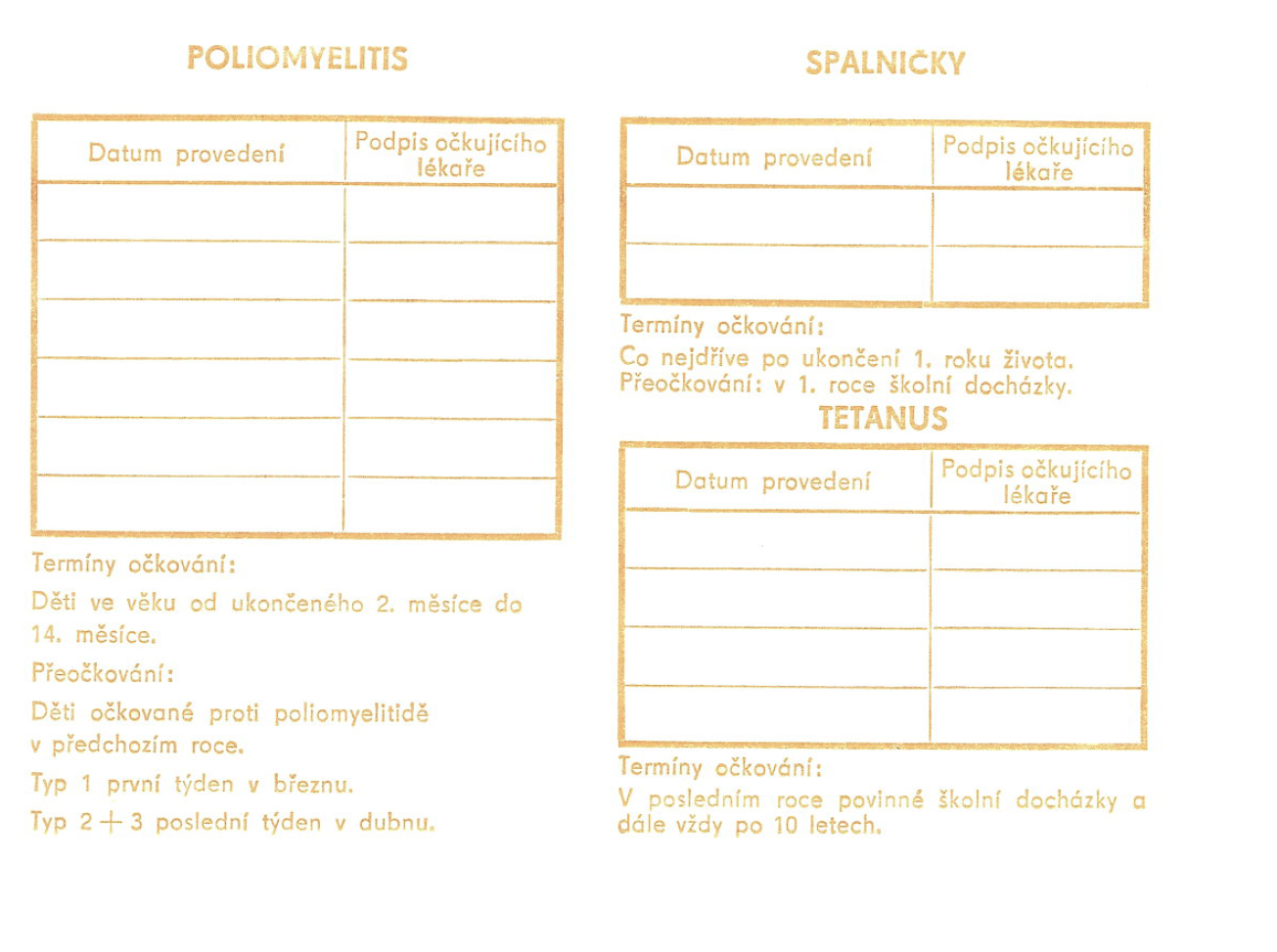
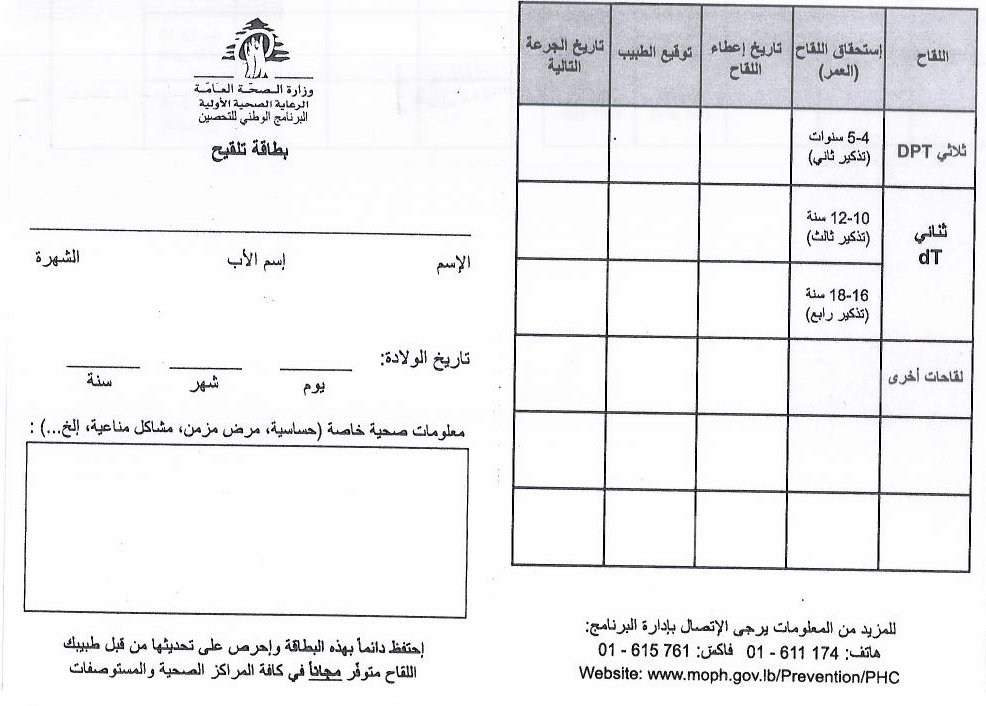
The challenge is exactly the kind of problem we love to tackle, because it offers the opportunity to use information design to help families understand and engage in behavior that can impact their lives forever. We saw tremendous opportunity for design — particularly information design and data visualization — to be a critical contributor in the effort to improve the health of children and mothers around the world. We were honored to contribute to the Gates Foundation's discussion around this important global health issue, and we're excited to share our entry with you!
We’d love to hear what you’re working on, what you’re curious about, and what messy data problems we can help you solve. Drop us a line at hello@fathom.info, or you can subscribe to our newsletter for updates.
